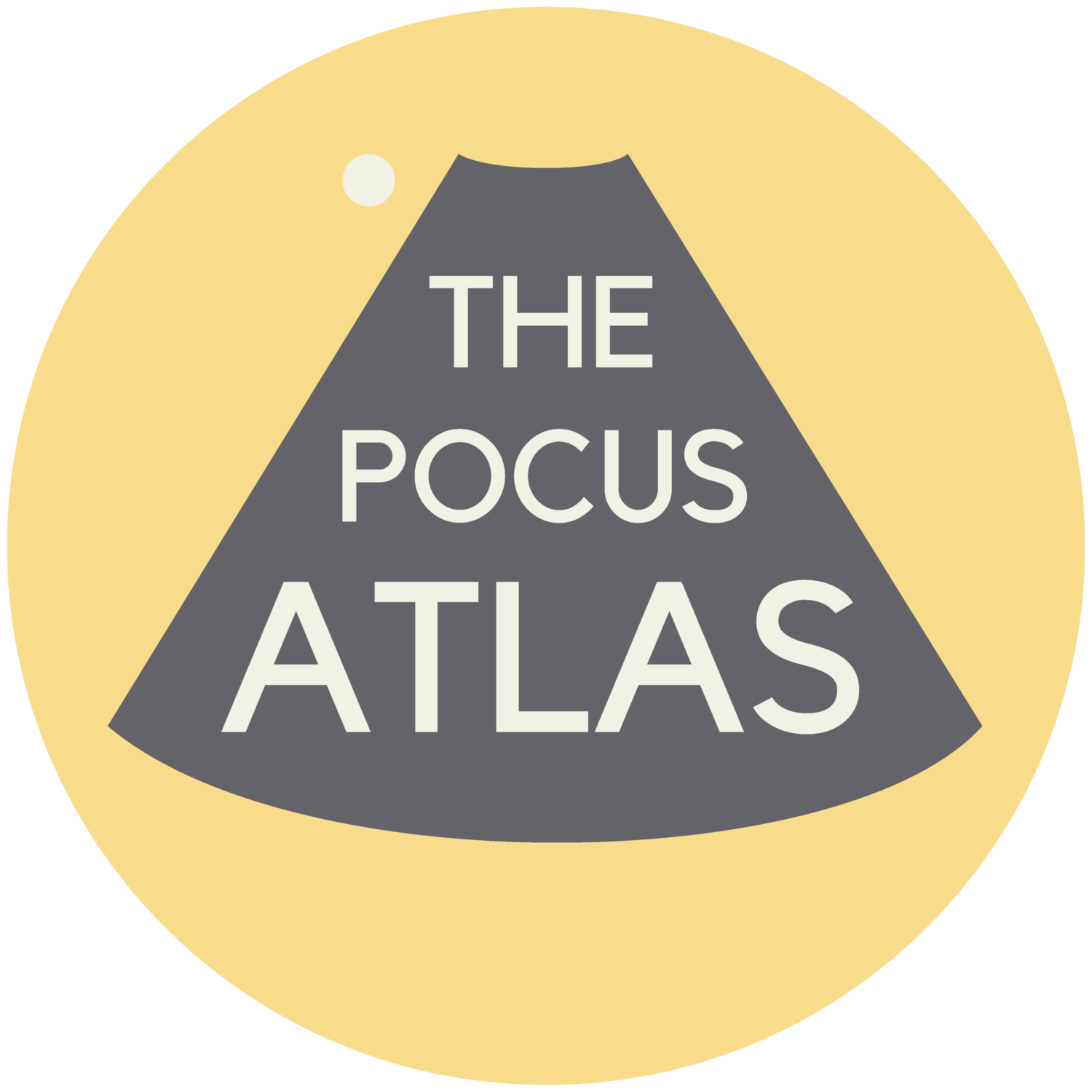Pneumobilia
82-year-old male with history of recurrent cholangitis presenting to the ED with abdominal pain. US imaging of the RUQ reveals presence of pneumobilia. Pneumobilia represents air within the biliary tree which is typically appreciated on ultrasound as multiple highly echogenic foci that are concentrated within the central portion of the liver. In addition, one may visualize prominent reverberation artifacts emanating from these echogenic regions known as ring-down artifacts. In the image above, the echogenic bubbles seen are less mobile, more centrally located, change with position, and are not associated with venous flow.
Contrast this to the presence of portal venous gas, which tends to be found at the periphery of the liver and have a centrifugal flow. Presence of portal venous gas typically coincides with serious clinical diseases that have high mortality rates. Early recognition between pneumobilia and portal venous gas can have direct impact on diagnosis and ultimately management.
The presence of pneumobilia can be seen in a variety of conditions including gallstone ileus, fistula from peptic ulcer disease, and rarely serious infections such as cholangitis. In contrast, portal venous air is considered a more ominous finding and can be found in patients with ischemic bowel, necrotizing enterocolitis, liver abscess, and emphysematous cholecystitis.
Image and caption courtesy of:
Andrew Morris, M.D. Gaurav Patel, M.D. Vu Huy Tran, M.D.
Aventura Hospital & Medical Center, Emergency Medicine Program

